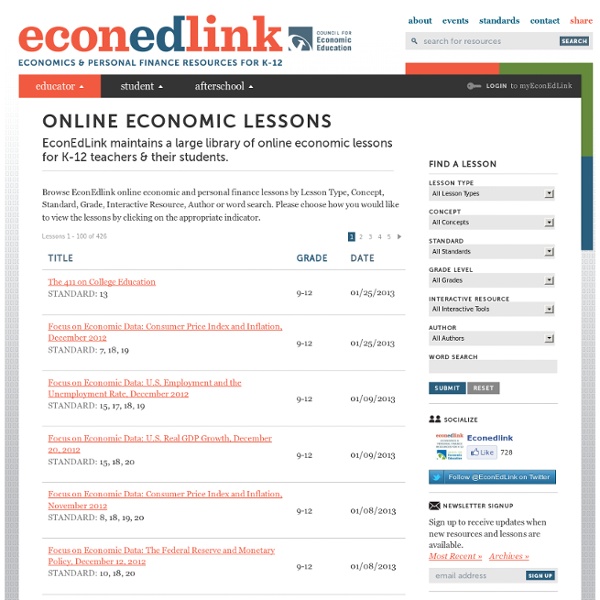



Planwise - Free Online Personal Finance Decision Tool WebQuest.Org: Home How To Improve Credit Score – Credit Report 101 INFOGRAPHIC | Your Wealth Puzzle To Share it, simply copy the code below and paste it on your site. YourWealthPuzzle.com has come up with good tips on how to help build credit rating quickly. We hear so often, people who want to know how to build credit. This, easy to follow road map, is the direction of success. It’s great to build credit, if it’s good credit of course. There are a lot of other common questions that we get that that we answer for you on our roadway map to success, such as: Can an installment loan build credit? Our path to freedom will tell you how to build credit rating. Be Sociable, Share!
Genocides In History There is a long list of genocides committed through the ages in various parts of the world. Genocides had occurred as far back as biblical times. The Old Testament mentioned the genocide of the Amalekites and the Midianites. In the Third Punic War (149-146 BC) during the destruction of Carthage, a type of genocide called gendercide occurred where all the men in the group is killed and the females are forced to live with the conquering army. Some scholars, believed many acts of genocide were committed in the Americans against the aborigines and native americans in the 1400s by Europeans and their descendants. In Argentina, a military campaign called Conquest of the Desert took place in 1870 to purge the aborigines from Patagonia located in Argentina and Chile because they refused to submit to the government. In the War in the Vendée (1793–1796) that took place in France during the French Revolution, which is considered by an author of history to be the "First Modern Day" genocide.
Department of Development | Entrepreneurship and Small Business Home Welcome to the home of the Small Business Development Centers of Ohio . Recognizing the vital role entrepreneurs play in Ohio's economy, we work in partnership with a broad network of public and private partners across Ohio to provide the information, assistance, and advocacy that facilitates small business growth and development. We support Ohio's businesses with 500 or fewer employees by creating opportunities to expand financial literacy, access to capital, entrepreneurial skills, and providing the coaching they need to succeed. Through the state's network of 41 Small Business Development Centers, more than 9,400 clients were served in 2010. Life Foundation | Lessons & Workshops | Life What do your students know about life insurance and how it works? Print and distribute the unit quiz, or have students go to www.scholastic.com/nextgeneration/students to take the interactive version of the quiz and print their answers. Students evaluate the financial standing and future obligations of a couple with two children and determine if their life insurance policy will enable them to meet their future financial needs and goals. Student Activity: Better Safe (PDF) To help them understand the purpose of life insurance, students will brainstorm portraits of fictional characters and then examine their financial obligations to assess how these responsibilities would be met if the character passed away. Student Activity: Who Needs Life Insurance? The Educator’s Guide, which includes tips for implementing the featured lessons and background information on life insurance, can be downloaded by clicking below.
Making Finance Personal: Project-Based Learning for the Personal Finance Classroom - Federal Reserve Bank of Atlanta Skip to content Publications Spring 2015 Articles Departments Staff Calendar of EventsFAQsSubscribe Online Making Finance Personal: Project-Based Learning for the Personal Finance Classroom Project-based learning involves activities designed to interest and motivate students as they learn. Curriculum Components Free Online Invitations and Party Planning with MyPunchbowl